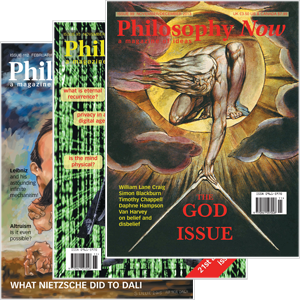
Your complimentary articles
You’ve read all of your complimentary articles for this month. To have complete access to the thousands of philosophy articles on this site, please
If you are a subscriber please sign in to your account.
To buy or renew a subscription please visit Subscriptions.
If you are a print subscriber you can contact us to create an online account.
Tallis in Wonderland
An Invitation to Navel Gazing
Raymond Tallis requests the pleasure of your company for this most philosophical of gatherings.
From far, from eve and morning,
And yon twelve-winded sky,
The stuff of life to knit me
Blew hither: here am I.AE Houseman, A Shropshire Lad
I want to invite you to navel-gaze along with me. It’s an activity that has had a bad press, and has become a by-word for an excessive focus on one’s self, or for an inward-looking preoccupation with a narrow range of issues that excludes awareness of the wider world. But there is a more respectable mode of contemplating one’s navel: omphaloskepsis as an aid to meditation, in which the omphalos (a.k.
…









